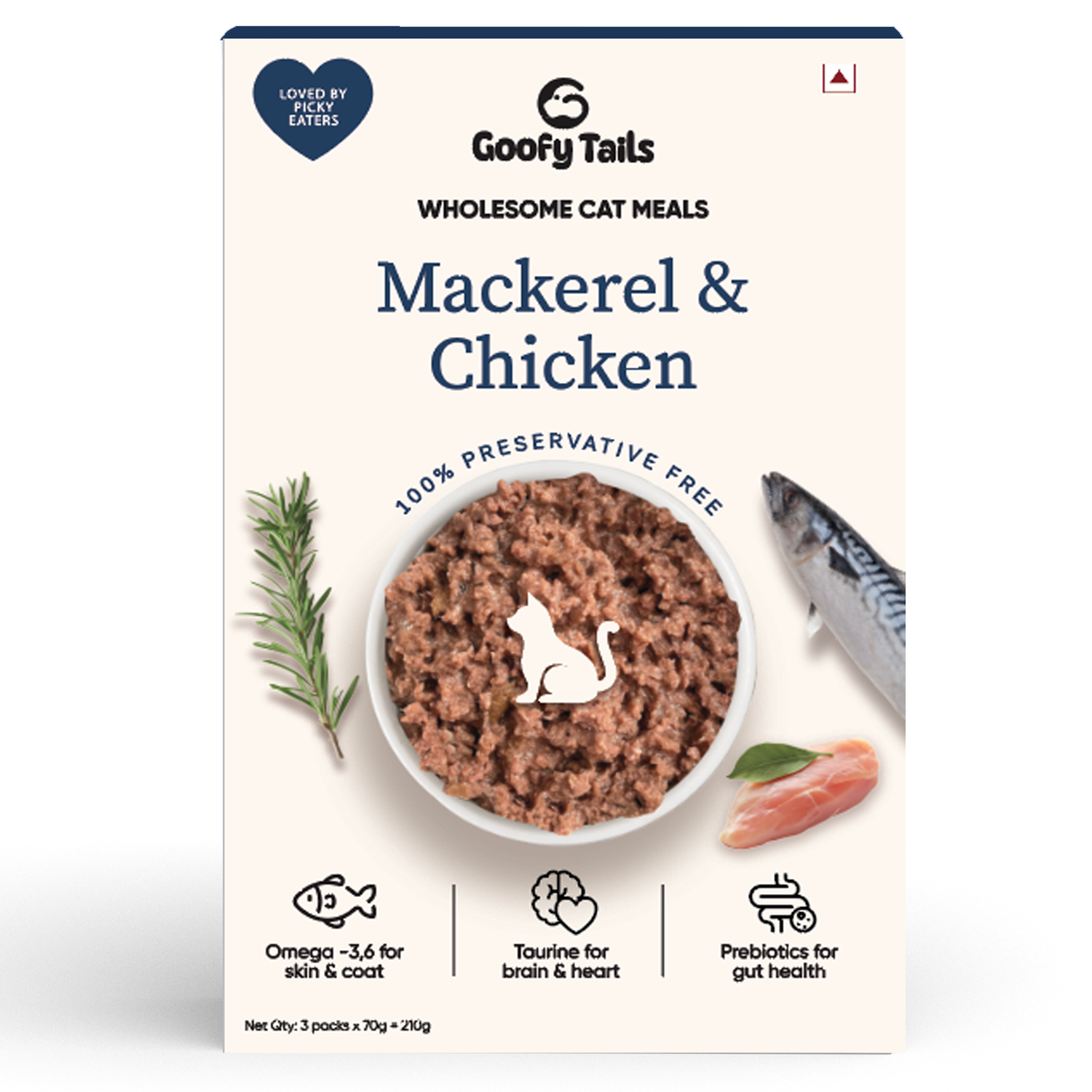Is Grain-Free Dog Food Good for Skin and Coat Health?

(Above: A Golden Retriever scratching itself due to allergies)
A shiny coat and healthy skin are among the most visible signs of your dog’s internal health, and often the first-place dietary imbalances show up. Pet parents frequently report issues such as dandruff, excessive shedding, itchiness, or dull fur, wondering if the problem lies in allergens, grooming habits, or something more profound.
In many cases, the culprit is chronic, low-grade inflammation linked to ingredients that dogs are not biologically designed to process—grains being a prime example.
This article unpacks how grain-free dog food can impact your dog’s skin and coat, what to feed (including homemade and commercial options), and what to watch for.
How Skin and Coat Reflect Nutritional Health
Your dog’s skin is the largest organ in the body and acts as a protective, metabolic, and immune barrier. To remain healthy, one requires:
-
Essential fatty acids (especially omega-3 and omega-6)
-
Collagen and Keratin to maintain structural integrity
-
Antioxidants and vitamins like A, E, and biotin
-
Hydration through moisture-rich foods and fluids
When these nutrients are missing or poorly absorbed, the skin and coat suffer:
-
Dryness and flaking
-
Itching, redness, hot spots
-
Patchy hair loss or thinning
-
Dull, brittle coat

(Above: A Boston Terrier being examined by a vet for skin infection)
The Grain Problem: A Digestive and Inflammatory Burden
Grains (especially wheat, corn, and barley) are among the most commonly cited allergens in commercial dog food. While not all dogs react overtly, studies suggest that even low-level sensitivities can:
-
Compromise nutrient absorption
-
Alter gut microbiota
-
Trigger immune-mediated inflammation
These effects manifest externally, often as skin problems. In particular:
-
Wheat gluten can impair gut lining integrity, leading to leaky gut, which contributes to skin allergies
-
Corn and rice are high glycemic index foods that can promote yeast overgrowth, linked to itchy ears and skin
-
Excessive grain starch may crowd out beneficial fats and proteins, diluting essential nutrients needed for healthy skin
Why Grain-Free Diets Support Skin and Coat Health
Switching to a grain-free dog food eliminates these potential irritants while rebalancing the macronutrient profile to favour:
-
High-quality protein (for keratin and skin regeneration)
-
Healthy fats (for sebum production and skin elasticity)
-
Low glycemic ingredients (to reduce yeast and inflammation)
-
Natural antioxidants (to fight oxidative skin stress)
In The Science Behind Grain-Free Dog Food, Goofy Tails explains how grain-free formulas mimic a dog’s ancestral macronutrient needs. These diets help improve:
-
Sebum production (which keeps the coat glossy)
-
Barrier repair (skin resilience against allergens and microbes)
-
Reduced histamine response (less scratching, fewer hot spots)
Grain-free diets are often rich in omega-3s and herbs, which further enhance coat quality.
Are Purely Grain-Free Diets Safe?
Yes, when balanced, purely grain-free diets are not just safe but superior in many cases. However, the key lies in nutrient completeness.
According to Homemade Grain-Free Dog Food: Safety Tips, grain-free does not mean carb-free or nutrition-free. Whether cooking at home or buying commercial meals:
-
Include animal organs like liver (rich in vitamin A, biotin)
-
Add cold-pressed oils (flaxseed, coconut, fish oil)
-
Ensure zinc and vitamin E levels are met (critical for coat health)
-
Avoid excessive starch from peas or potatoes
-
Balance calcium and phosphorus (important for skin cell turnover)
A purely grain-free diet should include functional nutrients, not just the exclusion of grains.
The Role of Exercise and Hydration
Nutrition doesn’t operate in isolation. Regular exercise promotes:
-
Better blood circulation to the skin
-
Enhanced detoxification via lymphatic flow
-
Stress reduction, which improves immune balance
Additionally, hydration is often overlooked. Dogs that eat only dry kibble are at a higher risk of skin dehydration. Grain-free wet foods, like Goofy Tails’ meals, contain up to 75% moisture, which supports skin elasticity and reduces itchiness.

What to Feed for Skin and Coat Health: Recommendations
Whether you go commercial or homemade, here’s what to focus on:
-
Animal Protein First
Choose single-source proteins rich in amino acids, collagen, and keratin-building peptides.: -
Chicken
-
Lamb
-
Buffalo
-
Fish (sardines, mackerel
-
Omega-Rich Fats
Incorporate Omega-Rich Fats, as these fats modulate inflammation and improve skin hydration.: -
Flaxseed oil
-
Sunflower oil
-
Fish oil
-
Anti-Inflammatory Herbs
-
Turmeric (anti-itch)
-
Basil (fights inflammation)
-
Rosemary (natural antimicrobial and antioxidant)
-
Moisture-Rich Food
Switch from dry kibble to: -
Fresh wet meals
-
Bone broth-based stews
-
Hydrated homemade mixes
-
Clean Treats
Don’t let grain sneak back through biscuits and chews with wheat or soy. Instead use: -
Freeze-dried meats
-
Fresh veggies (carrot, cucumber)
-
Grain-free soft treats
Recommended Products from Goofy Tails
Goofy Tails offers three grain-free, moisture-rich wet food meals designed to nourish the skin from within:
-
Chicken & Chicken Liver for clean protein
-
Hemp Seed and Coconut to boost immunity
-
100% grain- and gluten-free
-
Omega-rich lamb fat
-
Antioxidant rosemary
-
Promotes coat gloss and skin healing
-
Buffalo (lean protein) with berries and pumpkin
-
MCTs from coconut oil
-
Natural vitamin A, E, and zinc
These recipes reflect the science-backed principles laid out in Grain-Free vs Gluten-Free Diets, combining ancestral nutrition with functional foods for skin, coat, gut, and immune health.
Conclusion
Yes—grain-free diets are exceptionally good for skin and coat health, when done right. They eliminate common triggers like wheat and corn, while boosting bioavailable protein, anti-inflammatory fats, and moisture—all crucial for dermatological health in dogs.
But it’s not just about removing grains—it’s about what you replace them with. A well-crafted grain-free diet must:
-
Use clean, named animal proteins
-
Incorporate omega-rich fats and herbs
-
Be supported with functional hydration
-
Be consistent across meals, snacks, and treats
If your dog suffers from chronic itching, poor coat quality, or skin infections, consider transitioning to a grain-free diet and monitor results over 6–8 weeks. Often, the change is not just visible—it’s transformational.








Leave a comment